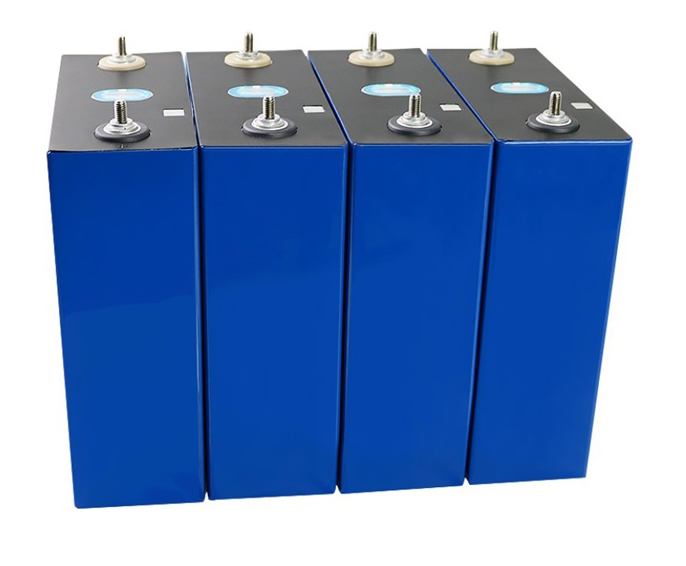Which is the best dynamic lithium-ion battery?
At present, the most promising dynamic lithium-ion battery cathode materials are important lithium manganate (LiMn2O4), lithium iron phosphate (LiFePO4), and nickel-drilled lithium manganate (Li(Ni, Co, Mn)O2) ternary materials. Due to the lack of drilling resources and nickel, high drilling costs, and price fluctuations, it is generally considered difficult to become mainstream lithium-ion batteries for electric vehicles. Still, it can be mixed with spinel lithium manganate within a certain range.
Since then, there have been lithium manganate ion batteries (LiMn2O4) and lithium iron phosphate ion batteries (LiFePO4). Which one is more suitable for lithium-ion batteries?

Here is a comparison of their advantages and disadvantages:
Advantages of lithium-ion iron phosphate batteries
1. Improved safety performance
The p-o bond in lithium iron phosphate crystals is stable and cannot be easily broken. Even at high temperatures or under overcharging, the structure does not collapse, exothermic, or form strong oxidizing substances like lithium-cobalt oxides, so it has good safety.
2. Improving life
Lithium-iron phosphate batteries are lithium-ion batteries with lithium iron phosphate as the cathode material.
Long-life lead-acid batteries have a cycle life of about 300 times, up to 500 times, while lithium iron phosphate power lithium batteries have a cycle life of more than 2000 times, using standard charging (5-hour rate). The same quality of lead-acid batteries for new six months, old six months, maintenance and repair six months, the longest use of 1 ~ 1.5 years, while lithium iron phosphate ion batteries used under the same conditions, the theoretical life of up to 7 ~ 8 years. Overall, the performance-to-price ratio is theoretically more than four times that of lead-acid batteries. High current 2C for fast charging and discharging. With a dedicated charger, the battery can be charged within 40 minutes at 1.5c, and the starting current can reach 2C, but lead-acid batteries do not have such performance.
3. Good high-temperature performance
The highest electric temperature of lithium iron phosphate can reach 350℃-500℃, while the highest electric temperature of lithium manganate and lithium cobaltate is only about 200℃. Wide operating temperature range (-20c-75C), high-temperature lithium iron phosphate maximum electric temperature up to 350 ℃ -500 ℃, while lithium manganate and lithium cobalt acid maximum electric temperature is only about 200 ℃.
4. Large capacity
When the battery runs at full capacity, it will quickly drop below the rated capacity, a phenomenon known as the memory effect. Batteries like NiMH and NiCd have memory, while LiFePO4 ion batteries do not have this phenomenon. No matter what state the battery is in, it can be charged and used at any time without the need to extinguish it before charging.
6. Lightweight
A lithium iron phosphate battery of the same capacity is two-thirds the size and one-third the weight of a lead-acid battery.
7. Environmentally friendly
Lithium iron phosphate ion batteries are generally considered free of any heavy metals and rare metals (NiMH batteries to rare metals), non-toxic (SGS certification through), non-polluting, in line with European RoHS regulations, for the absolute green battery certificate. Therefore, lithium-ion batteries are favored by the industry, importantly for environmental considerations. Therefore, lithium-ion batteries were included in the 863 national high-tech development plan during the fifteenth, becoming key national support and encouraging the project's development. With China's accession to the WTO, China's exports of electric bicycles will rise rapidly, and electric bicycles entering Europe and the United States will be pollution-free batteries.
However, some experts have pointed out that the environmental pollution caused by lead-acid batteries occurs importantly in the company's production process irregularities and recycling process. Similarly, lithium-ion batteries belonging to the new energy industry are good, but they can not prevent the problem of heavy metal pollution. Lead, arsenic, cadmium, mercury, and chromium from the processing of metal materials may be released into dust and water. The battery itself is a chemical substance, so there are two possible types of contamination. The second is the contamination of batteries at the end of their life.
Lithium-iron phosphate batteries also have their disadvantages: for example, low-temperature performance, cathode material vibration density is very small, and lithium-iron-phosphate batteries have the same volume capacity as lithium-ion batteries such as lithium cobaltate, so there is no advantage in the micro-battery. Lithium iron phosphate ion battery in the power of lithium batteries, and other batteries the same, to face the problem of battery consistency.
Next:CATL will supply BMW with cylindrical battery cells from 2025
Previous:Explanation of the performance of commonly used electric vehicle power lithium batteries
Contact Person: Miss. Elsa Liu
| WhatsApp : | +8617763274209 |
|---|---|
| Skype : | +8617763274209 |
| WeChat : | 17763274209 |
| Email : | Elsa@lifepo4-battery.com |